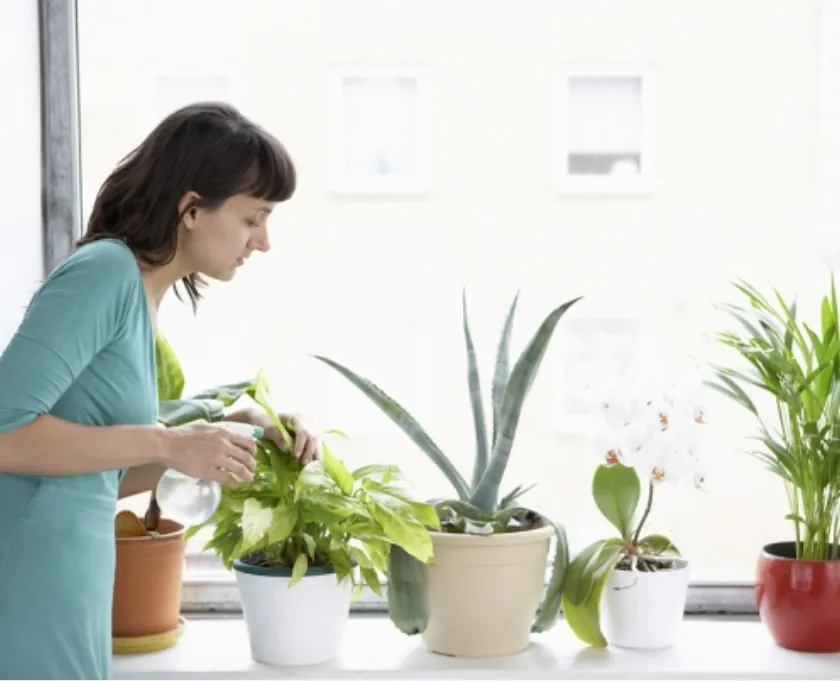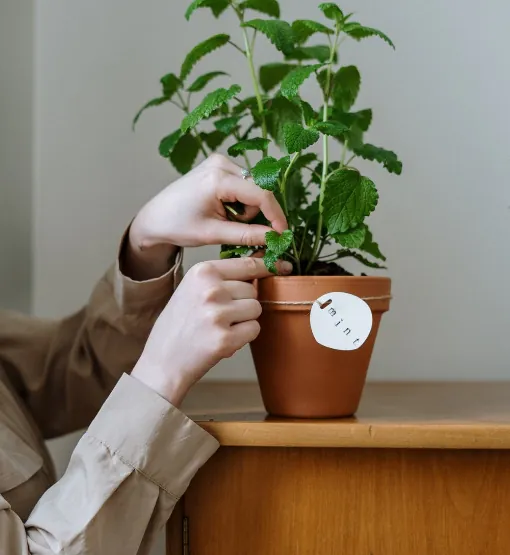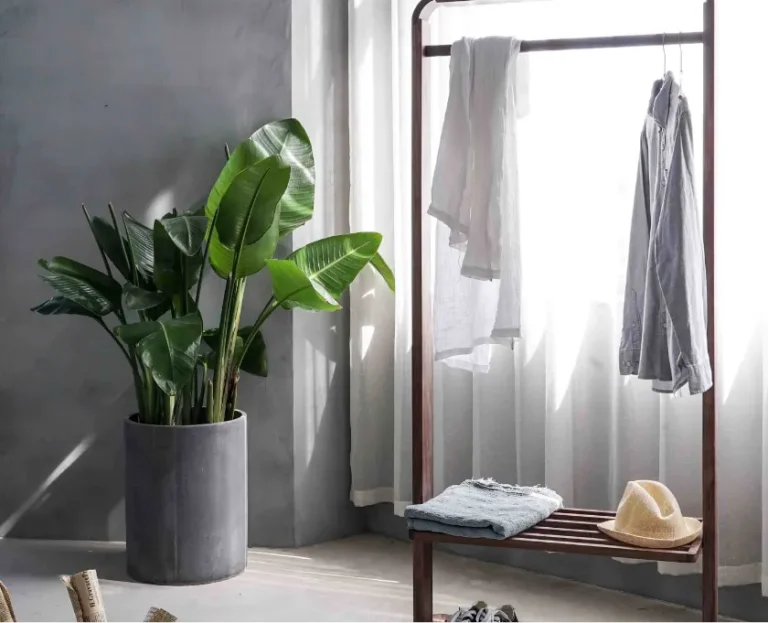Watering indoor plants is often the most misunderstood aspect of plant care. While plants need water to survive, overwatering or underwatering can quickly turn a thriving green companion into a wilting mess. To ensure your indoor plants grow healthy and vibrant, it’s essential to master the art of watering. This comprehensive guide will walk you through everything you need to know about properly watering indoor plants, from understanding their unique needs to practical tips and techniques.
1. Why Proper Watering Is Critical
Water is vital for plants because it:
- Delivers nutrients from the soil to the roots.
- Helps maintain structure through turgor pressure (cell water content).
- Supports photosynthesis, the process by which plants create energy.
However, improper watering is the leading cause of plant issues. Overwatering can lead to root rot and fungal diseases, while underwatering causes dehydration and stunted growth.
2. Factors That Affect How Often You Should Water
Plant Type
Different plants have different water requirements:
- Drought-tolerant plants like succulents and cacti need infrequent watering.
- Tropical plants like ferns, peace lilies, and pothos require consistent moisture.
- Flowering plants like African violets or orchids may need more attention, especially during their blooming periods.
Pot and Soil Type
- Drainage: Pots without drainage holes retain water, leading to root rot. Always use pots with drainage or monitor water levels closely.
- Soil type: Well-draining soil prevents overwatering. Use soil mixes tailored to your plant type (e.g., sandy soil for succulents).
Environmental Conditions
- Light: Plants in bright light use more water than those in low light.
- Humidity: Dry air requires more frequent watering, while humid environments reduce the need for watering.
- Temperature: Warm environments cause water to evaporate quickly, requiring more frequent watering.
3. Signs Your Plant Needs Water
Understanding your plant’s signals helps prevent watering mistakes. Look for these signs:
- Dry Soil: If the top 1-2 inches of soil feels dry, it’s time to water. For succulents, wait until the soil is dry to the bottom of the pot.
- Drooping Leaves: Droopy leaves can indicate both underwatering and overwatering. Check the soil to confirm.
- Leaf Curling or Browning: Crispy, brown edges typically mean the plant is too dry.
- Lightweight Pot: A dry plant weighs less than one with well-hydrated soil.
4. The Right Way to Water Your Indoor Plants
Step 1: Check the Soil
Before watering, always test the soil. Stick your finger into the soil about 1-2 inches deep:
- If the soil feels dry, water the plant.
- If the soil feels damp, wait a few more days.
Step 2: Use Room-Temperature Water
Cold water can shock plant roots, while hot water can damage them. Room-temperature water is ideal.
Step 3: Water Thoroughly
- Water until you see liquid draining from the bottom of the pot.
- Allow the plant to sit for 10-15 minutes, then discard excess water in the saucer to prevent root rot.
- Example: For a pothos, water slowly to ensure the soil absorbs the water evenly.
Step 4: Be Consistent
- Maintain a schedule, but adjust based on seasonal changes.
- Pro Tip: Plants typically need more water during their growing season (spring and summer) than during their dormant phase (fall and winter).
5. Common Watering Mistakes to Avoid
Overwatering
- Most plants prefer slightly dry soil over consistently wet soil.
- Signs of overwatering include yellowing leaves, moldy soil, or mushy roots.
- Solution: Let the soil dry out completely before watering again.
Underwatering
- Signs include wilted leaves, dry soil, and stunted growth.
- Solution: Water thoroughly, ensuring the entire root ball is hydrated.
Using Poor-Quality Water
- Tap water can contain chlorine, fluoride, and salts harmful to plants.
- Solution: Use filtered water, rainwater, or let tap water sit out for 24 hours to allow chemicals to dissipate.
6. Advanced Watering Techniques
Bottom Watering
- Place the pot in a shallow container filled with water. Let the soil absorb water through the drainage holes for 15-20 minutes.
- Ideal for plants like African violets that dislike water on their leaves.
Misting
- Use a spray bottle to mist tropical plants like ferns and calatheas to increase humidity.
- Avoid misting plants prone to fungal issues, like succulents.
Self-Watering Pots
- Great for busy individuals, these pots allow plants to absorb water as needed.
- Example: Peace lilies thrive in self-watering pots.
7. Seasonal Adjustments
Spring and Summer
- Plants grow actively and require more frequent watering.
- Monitor soil regularly and increase watering as needed.
Fall and Winter
- Growth slows, and plants enter dormancy.
- Reduce watering frequency, as overwatering during dormancy is common.
8. Watering FAQs
Can I Water My Plants on a Fixed Schedule?
It’s better to water based on the plant’s needs rather than a fixed schedule. Soil moisture, plant type, and environment vary, making flexibility key.
How Do I Water Plants Without Drainage Holes?
Water sparingly and ensure you monitor soil moisture closely. Alternatively, consider repotting into a container with drainage.
Is Overhead Watering Safe?
Yes, but avoid wetting leaves that are prone to fungal diseases. Water directly at the soil level whenever possible.
9. Additional Tools to Simplify Watering
Moisture Meter
- A moisture meter helps take the guesswork out of watering by measuring soil moisture levels.
- Example: The XLUX Soil Moisture Meter is beginner-friendly.
Watering Can
- Use a long-spouted can for precise watering, especially in pots with dense foliage.
Pebble Tray
- Place plants on trays filled with pebbles and water to increase humidity naturally.
Conclusion: Mastering Watering Takes Practice
Proper watering is the cornerstone of healthy indoor plants. By understanding the unique needs of your plants, monitoring soil moisture, and avoiding common pitfalls, you can create an environment where your plants thrive. Remember, each plant is unique—adjust your watering habits as you learn more about their specific requirements.
For additional guidance, check out trusted resources like The Sill or Better Homes and Gardens. Happy growing! 🌱



